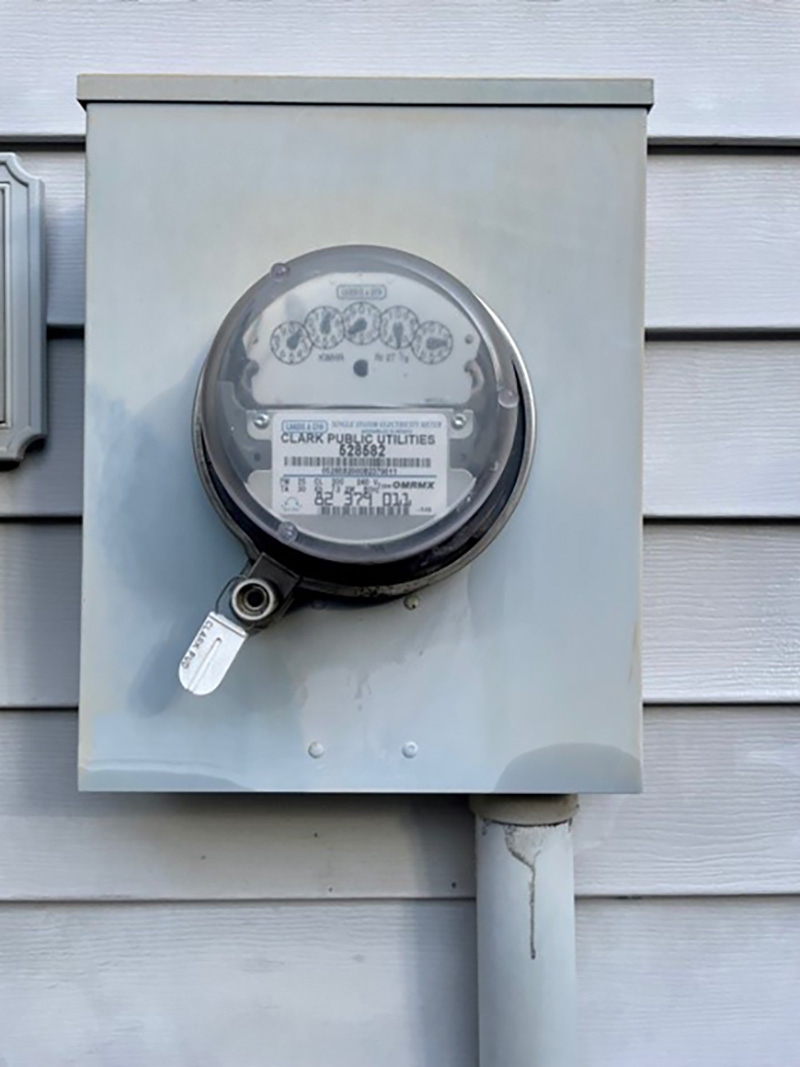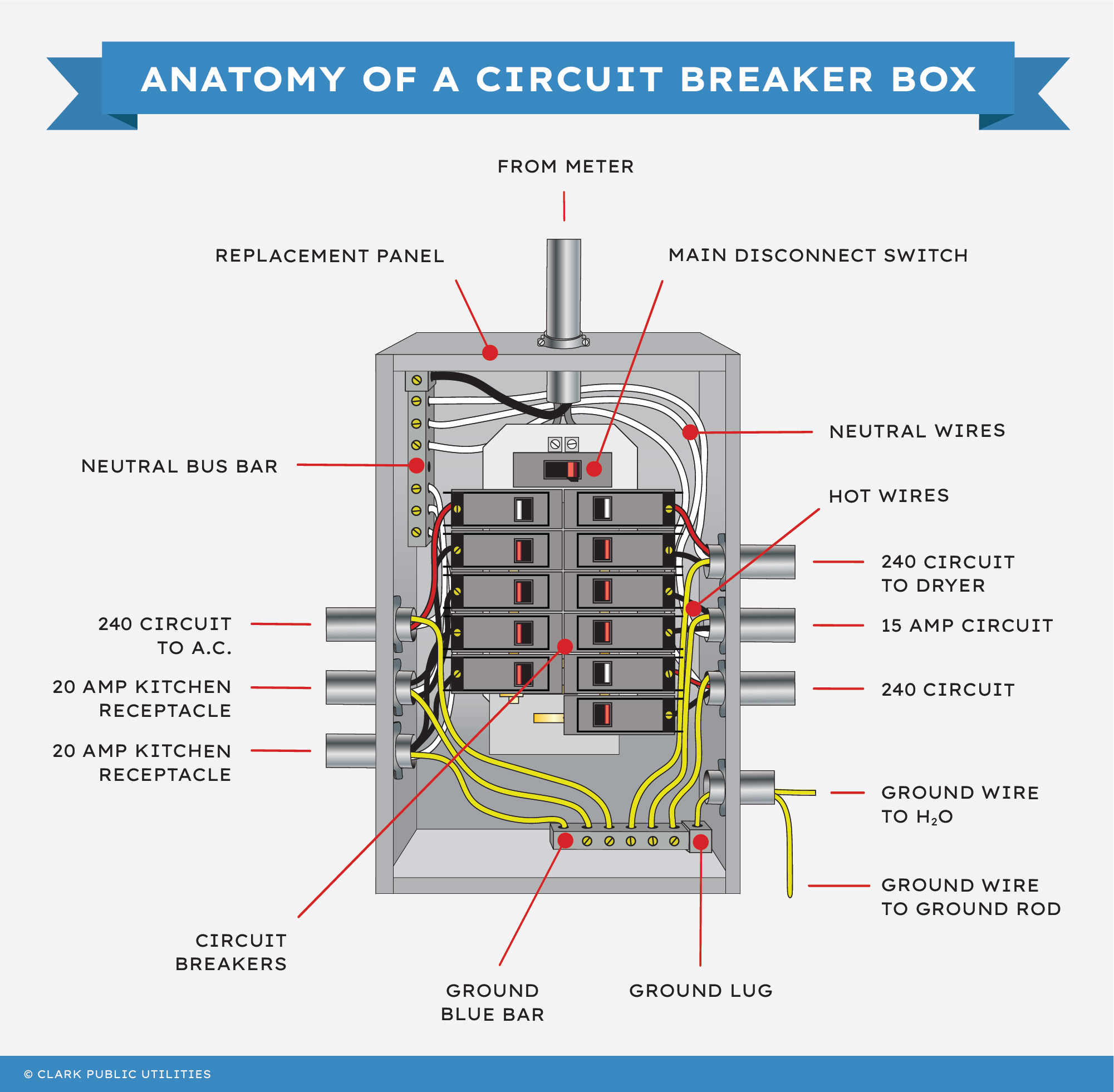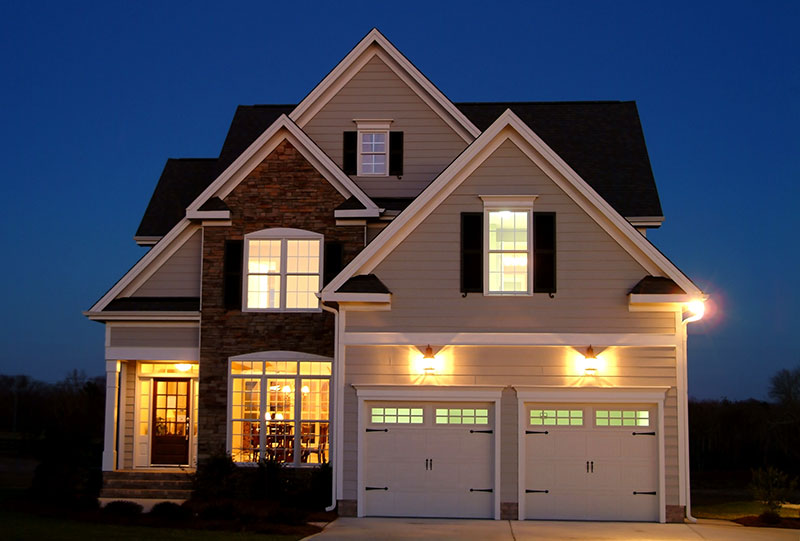Most of us know that flipping a light switch turns electricity on and off, and that when homes lose power, we can’t watch the TV or use appliances that run on electricity. But where does electricity come from and how does it get to homes, schools, and businesses?
Energy distribution refers to how electricity is delivered to all the places that use it. This process occurs thanks to power lines, substations, and transformers. Electricity starts at a power station where the voltage is high and ultimately gets delivered to homes and businesses at a range of voltages, depending on how it’s used.
Energy transmission
The movement of energy from one point to another is called energy transmission. Energy is made at a power plant. From there, energy travels through equipment that changes the voltage so it can be safely delivered.
Transformers and substations
The Bonneville Dam produces about 5 billion kilowatt hours of electricity a year. What do you think would happen if you connected your house directly to the dam? It would probably burn the house down! So, systems are in place to transform, or change, the voltage so we can use the electricity safely.
We do this with transformers. Substations are buildings that contain transformers that change the electricity to 7,000 volts to safely use in your home.
Residential power transformers lower the voltage from overhead power distribution lines to 120 volts.
The distribution lines from a substation run either on overhead lines to a transformer or underground to a transformer. These transformers lower the voltage to 120 volts. The two lines coming out of the transformer run to your home, either overhead to a weatherhead or underground and up a conduit that connects to a meter on the side of a house. Each wire carries 120 volts. Even though we see these transformers all the time, remember they’re full of powerful electricity and it’s important to stay away and not touch or sit on them.
How to measure energy
Once energy has been delivered to a building, how does it work and how is it measured?
Power meters track electrical use
Many buildings have a meter that keeps track of how much electricity is used. A meter reader comes by each month and collects this information. Meter readers use cool technology to collect usage data from the road. Each meter contains a tiny radio transmitter, and a meter reader can drive through neighborhoods to pick up readings from meters using a radio receiver.
Back in the office, these readings are transferred to a large computer, which calculates what to print on the electric bill. The bill is then mailed or emailed for payment. In the rare case that the reading doesn’t seem right, we’ll send someone out to the meter to look at the dials or digital screen to make sure everything is working correctly.
Electrical panels
Inside a building, on the other side of the meter, is a metal box. These boxes can be visible inside some homes, although apartments, multifamily homes, and commercial buildings may keep the metal boxes in a locked room. The black wires from the meter run through a pipe and connect to the terminals on top. The terminals are connected to wire strips, and from here wires run to all the circuits in the home.
Plug circuit
In a plug or electric outlet circuit, the electrons run on the black wire down to the plug and back on the white wire. In a light switch circuit, the electrons run through a switch. When the switch is open the electrons won’t run. When it is closed, or on, the electrons flow to the light.
How can we store energy?
One of the challenges in generating electricity, no matter the method, is how to store it until we need it. For example, solar energy is a great way to use the power of nature, but what about when we get home from work and school and it’s dark?
We need to cook dinner, do our homework, and wash our clothes, and those tasks require electricity. If the sun is down, solar panels are not producing electricity.
We need large-scale storage to help with the gap between supply (electricity being made) and the demand (when we want to use the electricity). Containing electricity is nearly impossible because electricity is the movement of electrons.
We can store electricity indirectly by using other forms of energy: mechanical, thermal, and chemical.

Getting creative with energy storage
In Odense, Denmark, they use hot rock storage to store heat energy, a renewable resource available when the sun shines, then convert it back to electricity as needed. Here’s how it works: The storage system gets electricity directly from the grid or from generators, such as wind turbines, which is then used to make air so hot that it heats crushed rocks to over 600 degrees Celsius. Most storage facilities are larger than an IKEA warehouse! When the wind no longer is blowing or the sun has gone down and electricity is needed, a water-filled pipeline system running inside the plant delivers steam to a turbine. This turbine works with a generator to make electricity, which can be put back on the grid.
Electricity can be stored indirectly using mechanical, thermal, and chemical forms of energy:
Mechanical energy
Mechanical energy storage refers to the position and movement of mass. The best example is the reservoir behind a dam, where water is stored to produce electricity later. Another example of mechanical energy is a flywheel, which is a rotor that stores energy when it spins. With a flywheel, power comes from an electric motor that works like a generator. When more electricity is needed on the grid, the motor takes energy from the build-up rotational momentum in the flywheel. This method is only used to provide a short burst of energy and cannot hold very large amounts of energy.
Thermal energy
Thermal storage changes electricity to heat. The heat can be used to make electricity later when the demand for more is needed. Thermal storage is not 100% efficient because heat is lost over time to natural cooling.
Chemical energy
Batteries are the most common form of chemical storage, and the most common battery is called an alkaline cell. They are used to power common items like flashlights, game controllers, and toys. Inside batteries are chemicals, zinc, manganese dioxide, and potassium hydroxide. These chemicals react and move electrons around, which makes an electric current.
When the battery is connected to a circuit (the metal pieces inside a flashlight, or a remote control), the zinc reacts with the manganese dioxide and loses electrons. Those electrons are collected on a metal rod inside the battery, which helps them flow from the bottom of the battery (negative end) through the wires in the flashlight, then back to the top of the battery (positive terminal).
One AA battery produces about 1.5 volts of electricity. Unfortunately, not many things can work with only 1.5 volts, so multiple batteries usually work together to produce more power. When most of the zinc has reacted with the manganese dioxide, we say the battery is dead, or no longer able to produce power. Some batteries are rechargeable. But if not, be sure to recycle the batteries!
Demand for energy
Everyone needs energy, whether it’s for powering lights and appliances, or heating and cooling buildings. The demand for electricity must be anticipated to avoid wasting the resources used to make electricity. Clark Public Utilities always watches the weather conditions and typical use patterns to make or share just enough power to serve everyone all the time. Still, energy conservation is important, especially when it’s very hot, very cold, or when there’s not a lot of fuel available like snow and water, or wind and sun.
When bad storms topple transmission lines or interrupt power generation, some people will immediately lose electricity. Others will temporarily use stored power from batteries, or they can generate power with their own small fuel-powered generator. But eventually, alternative power sources run out and repairs must be made by line crews and other utility workers.






